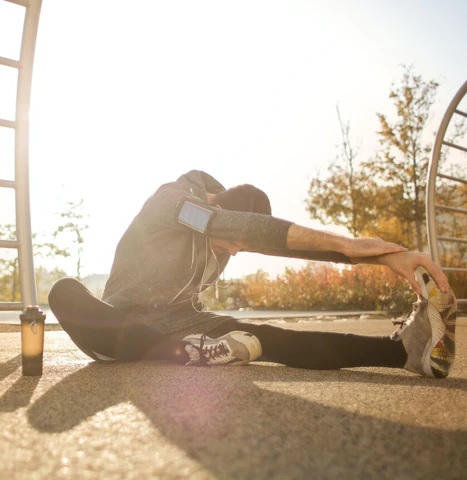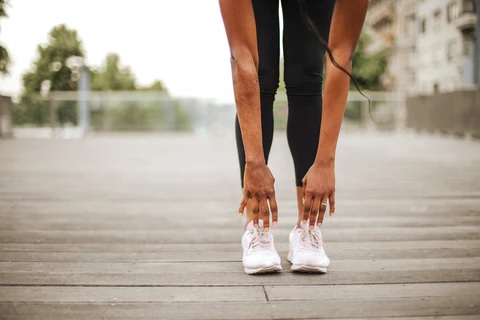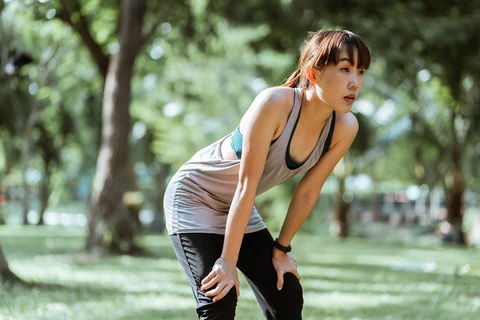The Importance of Warming Up & Cooling Down
Although it may be tempting, you should always find the time to warm up before running and cool down after. Whether you’re taking part in a virtual run, heading cross county or hitting the treadmill, warming up will reduce the chances of you pulling a muscle, or straining your tendon, bones or joints.
Warming up gives your body a chance to loosen up and gently increase your heart rate to avoid slowing down and burning out, whereas cooling down gradually returns your heart rate to its resting state and helps with recovery.

WHY SHOULD YOU WARM-UP AND COOL-DOWN WHEN RUNNING?
Warming-up is essential before any physical activity as it helps to prepare you both mentally and physically for the challenge ahead. Essentially, warming up increases your heart rate and blood flow. This then allows more oxygen to reach your muscles and helps to both prevent injury and improve performance.
A warm-up before a run can also prepare the connections between your muscles and nerves to improve your efficiency of movement. Efficient dynamic stretching during a warm-up can also ensure an improved range of motion and flexibility and help to avoid any injury.
Cooling-down is just as essential after any physical activity as it is needed to lower your blood pressure and heart rate to its resting state rather than stopping abruptly. Cooling down also allows movement in your blood flow and lymphatic system, removing lactic acid out of your body.
HOW DO I WARM-UP BEFORE RUNNING?
Take a Walk
Ease your body into work-out mode by taking a gentle walk for three to five minutes before running. Walking enhances blood flow and helps to prepare your muscles, tendons and joints for the range of motion required to run. For runners recovering from injuries, walking can be the ideal warm-up for preparing yourself physically and mentally.
Do some Strides
Do some strides during your warm-up to help your body transition from walking to running. Adding five or six 100m strides will improve blood flow to your muscles. However, do be careful not to overstride and cause injury.
Include Dynamic stretches
Although you should avoid static stretches as they can cause an injury, you should include some dynamic stretches in your pre-run warm-up. Dynamic stretching improves your range of motion, loosens your muscles and increases your heart rate, body temperature and blood flow for increased running performance.
Some movements to add to your warm-up routine include skipping, side steps, weave steps, backward jogs, butt kicks and hacky sacks.

HOW DO I COOL-DOWN AFTER RUNNING?
The most efficient way to cool down after a run will depend on the length you’ve run and the intensity of the run. However, an effective cool-down routine is just as essential as a warm-up as it allows your body to ease back into its resting state without injury or strain.
Walk it off
Walking for a few minutes after a run will help move blood from your working muscles to the resting flow patterns. Failure to gradually slow down can result in blood pooling and cause dizziness.
Perform Form Drills
After an easy effort run you may want to perform some form drills to improve your form, strength and mobility.
Increase body flexibility
Improve the flexibility of your body by including foam rolling and dynamic stretches into your cool-down routine. As well as helping your body to recover from the run, a good stretch will also prepare your body for the next one.

COOLING DOWN AFTER A LONG RUN
After a long run, you should walk for around ten minutes before enjoying a cold water bath or shower. Then, try a Legs up the wall yoga pose to refresh your circulation, gently stretch your legs and relax both your mind and body. You should then wait for 2 to 6 hours after a long run to do any cool-down stretches, foam-rolling or receive a massage. This allows your body and muscles time to replenish fluids, regain energy and recover from the work-out.
